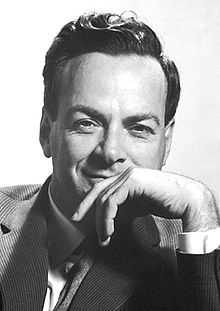
Do foundation reviewers’ eyes glaze over while they’re reading your latest grant proposal?
Do you picture them, upon reaching the very end, looking up and muttering, “WHAT, exactly, do they DO?”
Perhaps you fumbled the ball on the storytelling front. You probably already know that strong storytelling is crucial to philanthropy. In fact, it creates a strong case in your foundation grant proposals, too. But knowing it isn’t enough. You’ve got to learn how to apply great storytelling in practice. Implementing is key.
I owe my start in the nonprofit sector to seven years working for a family grant-making foundation. Despite being a smart, educated, savvy group of folks, the grant proposals that made their way through the door still often managed to discombobulate them. They’d begin to read, and the eye-glazing would commence. This happened over and over again, like a vicious cycle. The Vice President for Programming would sometimes take to wielding a red pen and circling the various instances of jargon, just for fun.
But how can you make your case for funding in a simple, memorable way? One that conveys the facts, your impact, and tells your story? The Feynman Technique can get you there.

Here I stand, atoms with consciousness, matter with curiosity. A universe of atoms, an atom in the universe. -Richard Feynman
The Feynman Technique was developed by Richard Feynman, a Queens-born theoretical physicist known for his contributions to the development of quantum electrodynamics. Over the course of his career, he gained fame in his field. Along with a team of two other esteemed physicists, Feynman won the Nobel Prize in Physics in 1965.
Theoretical physics (or any physics) may be hard to grasp. But his technique of learning how to learn? It’s not only super accessible but potentially life-changing. And believe it or not, it includes just four simple steps:
- Choose a concept.
- Pretend to teach it to a child (in simple terms).
- Identify gaps and go back to the source material.
- Review and simplify.
The Feynman Technique is a mental model. It’s been called “the best way to learn anything,” including by Farnam Street, in this short blog post right here. This post fleshes out the four steps of Feynman’s Technique and gets to the heart of what’s involved, so it’s worth a few minutes of your time.
Based in Ottawa, Canada, Farnam Street calls themselves “A Collection of Signal in a World Full of Noise.” Anything that helps to cut through the clutter of this crazy world we live in instantly earns my support. And FS doesn’t just cut through the clutter, they help shape people’s understanding of the world.
The success of Feynman’s Technique, like what I teach students in our Basics & More courses, relies on implementation. Knowing isn’t enough. You’ve got to get out there and do the work that’s involved. The heavy lifting. The rinse and repeat. So go forth and implement, and do it in the right ways. You’ll see the kinds of results that you want. I promise.

















 I can’t wait to meet with you personally.
I can’t wait to meet with you personally.
Comments on this entry are closed.